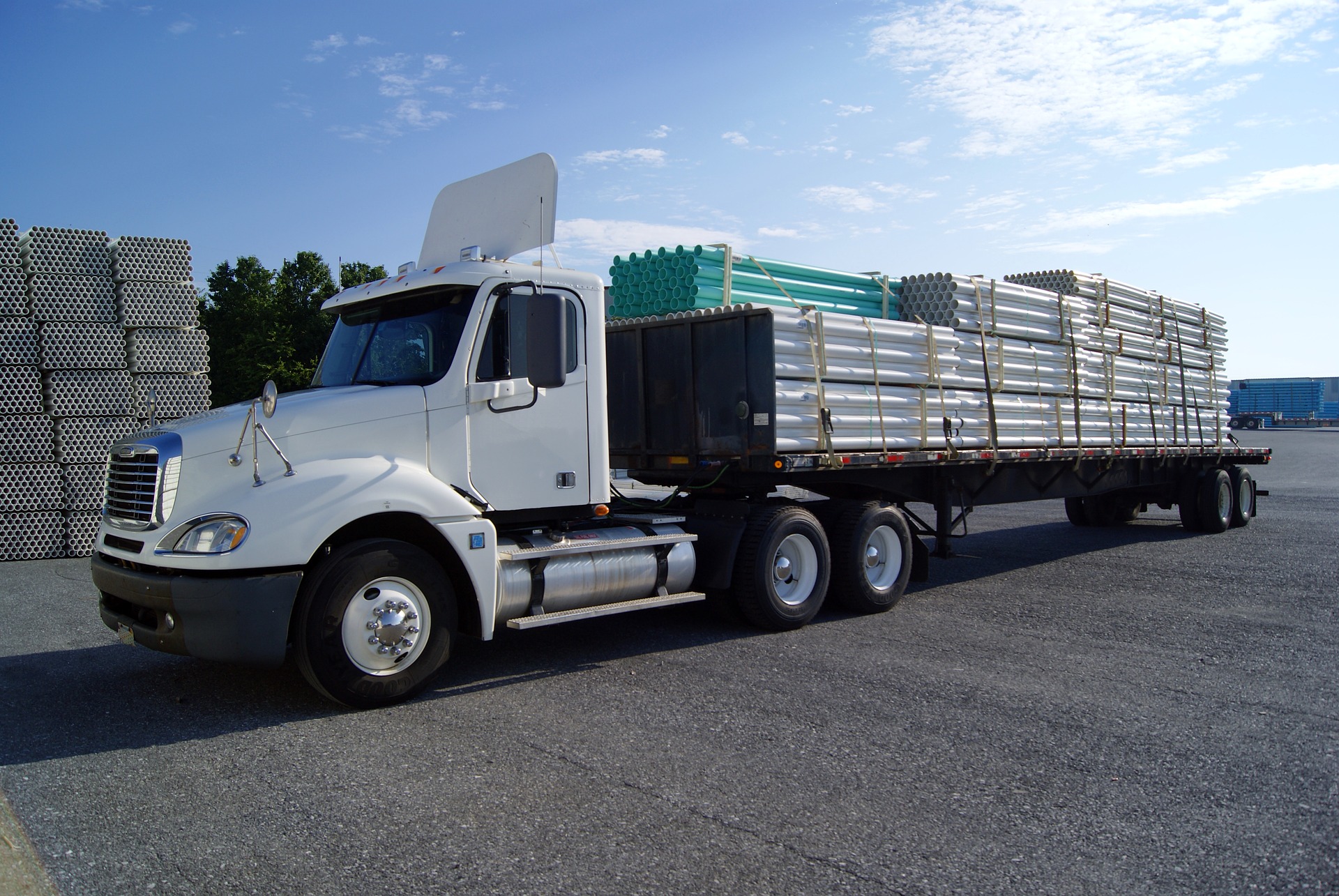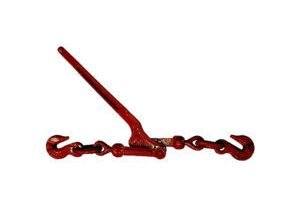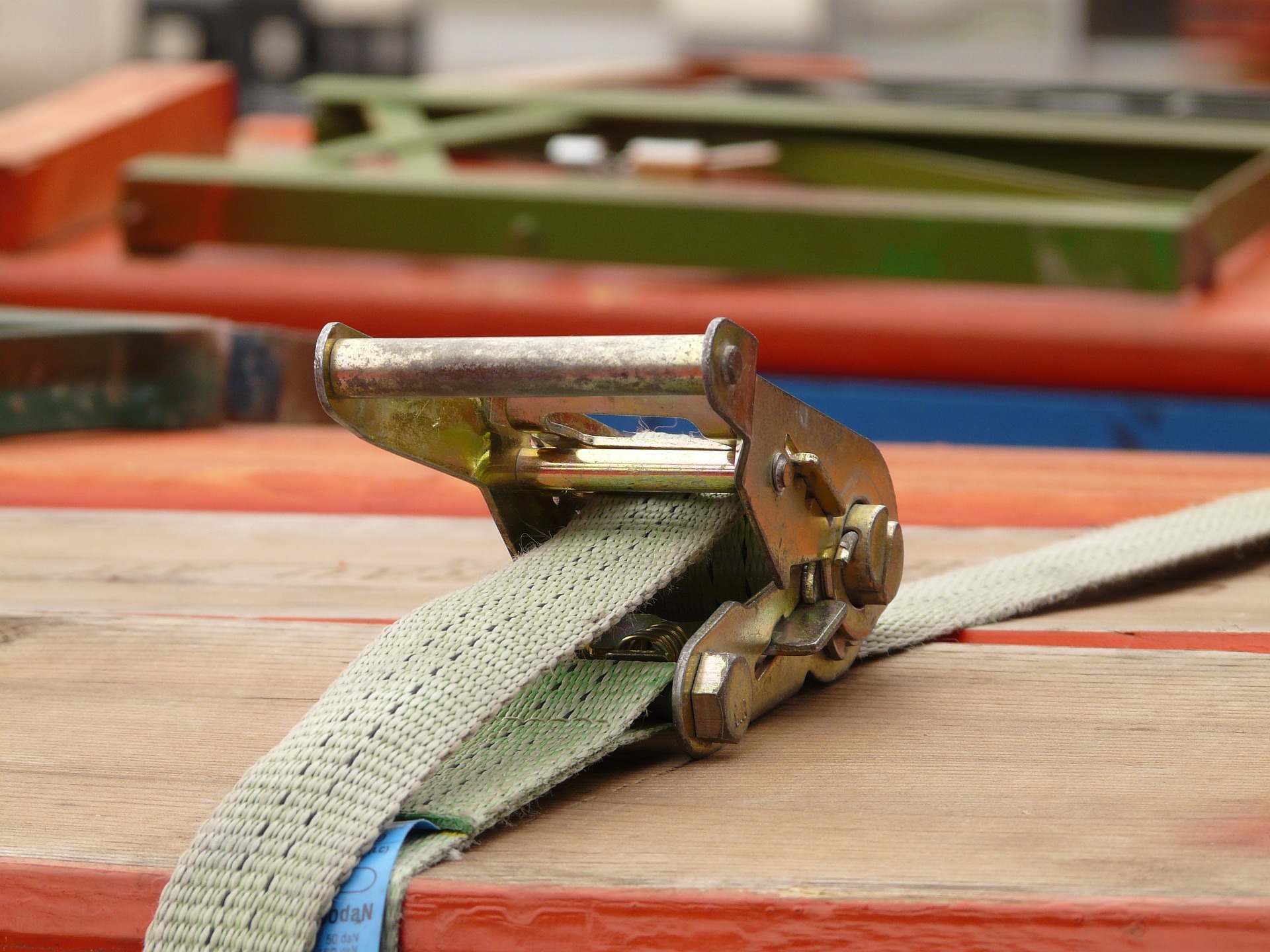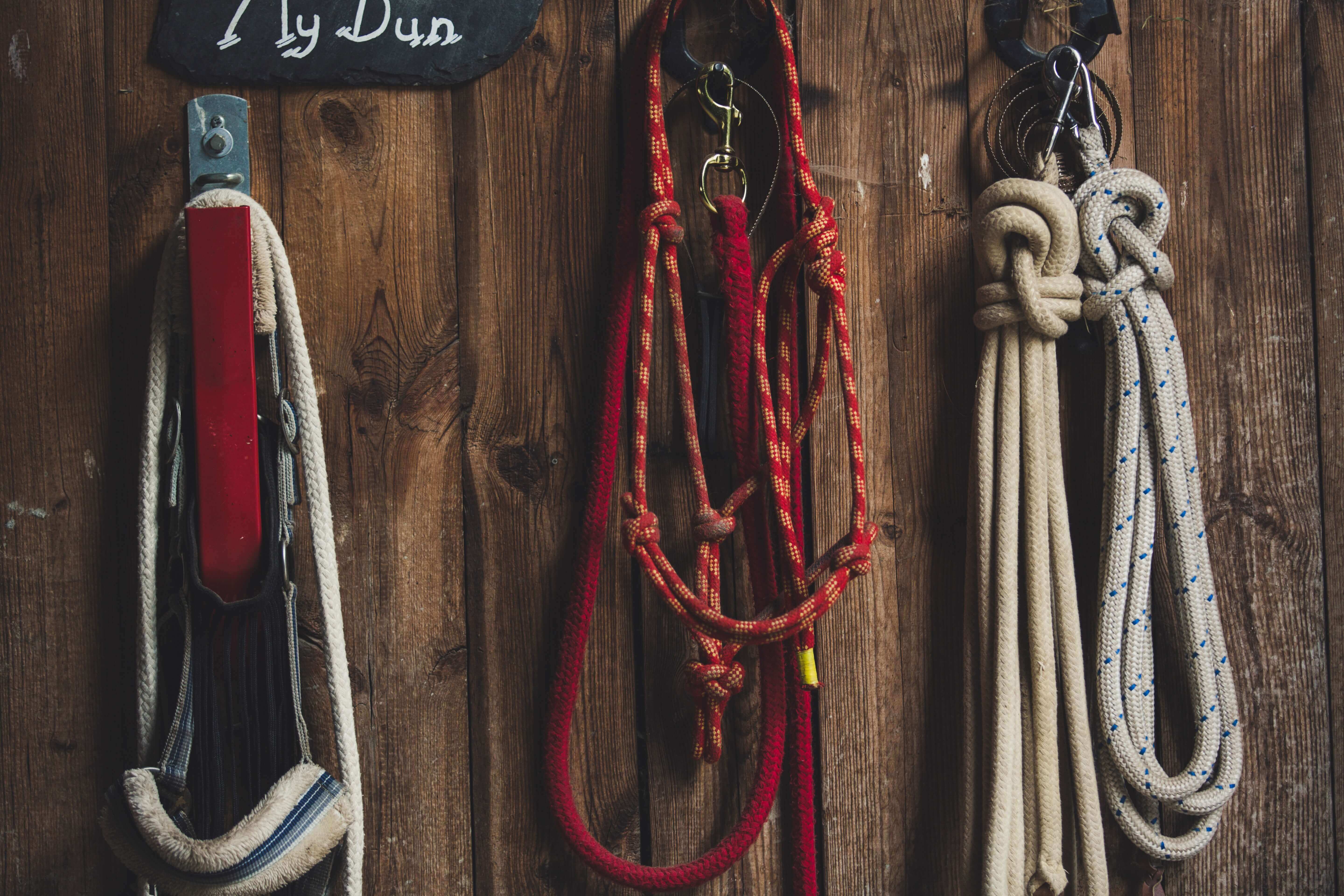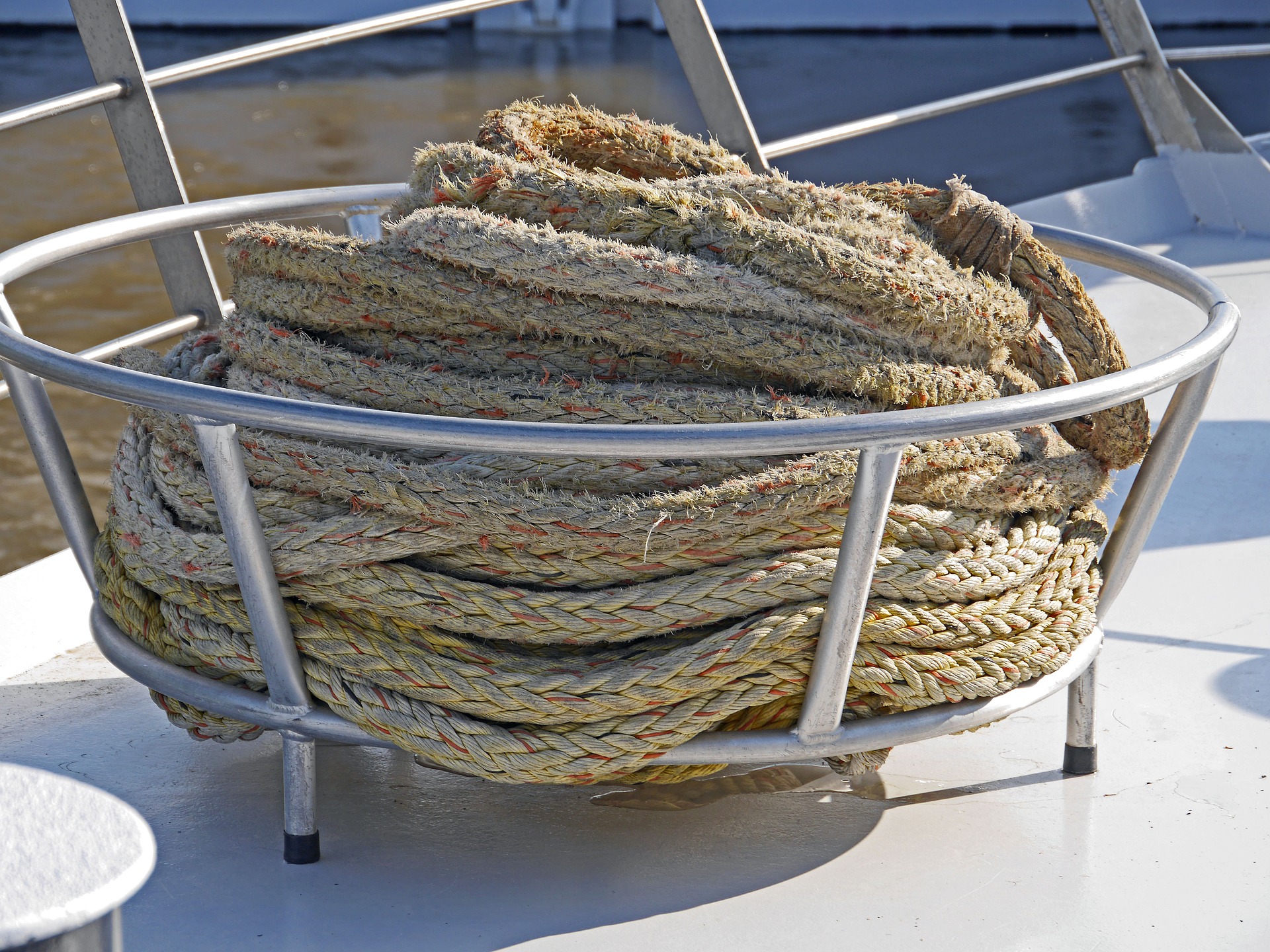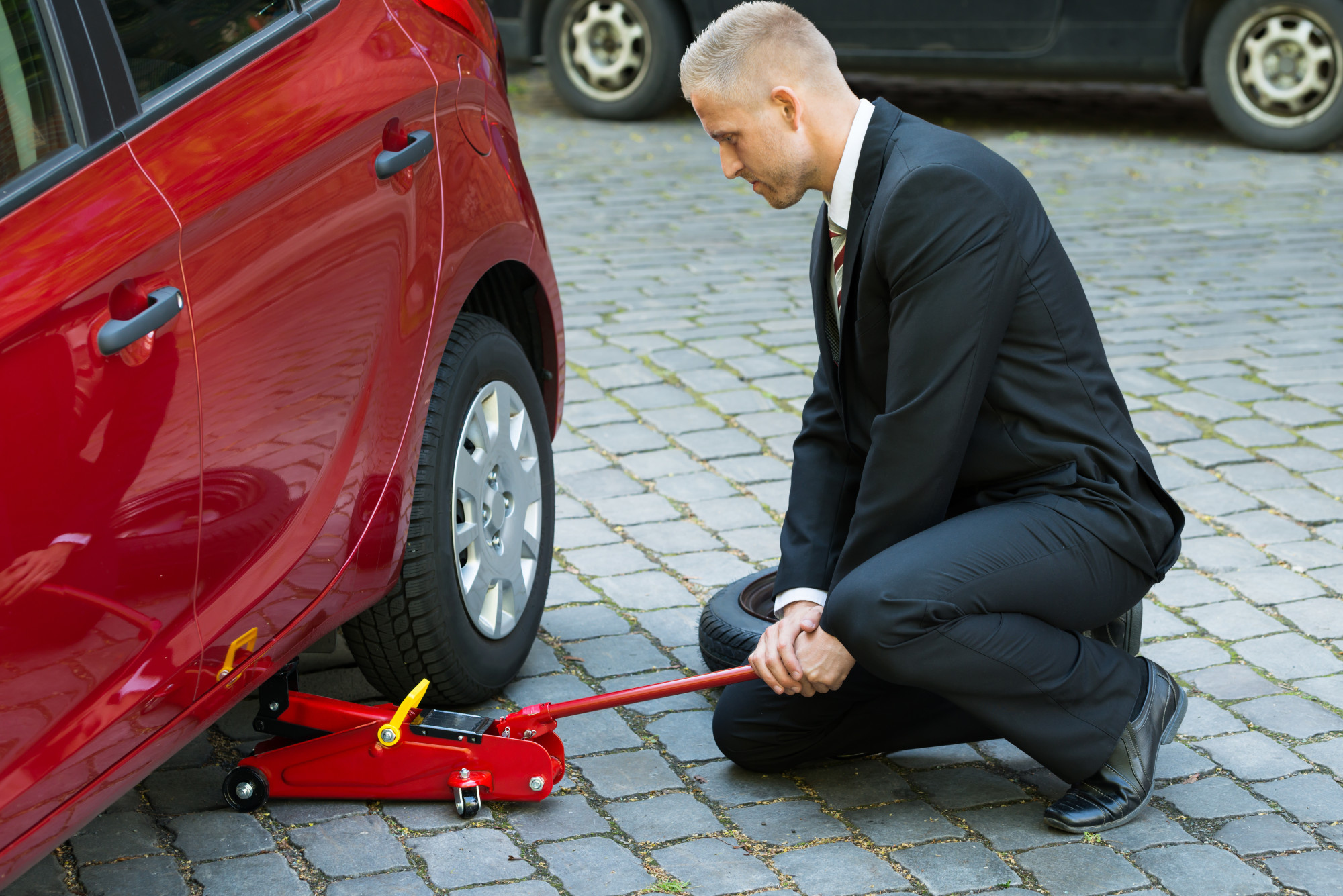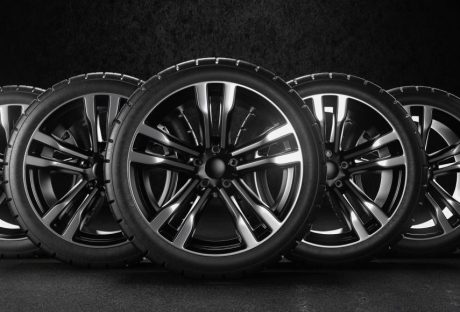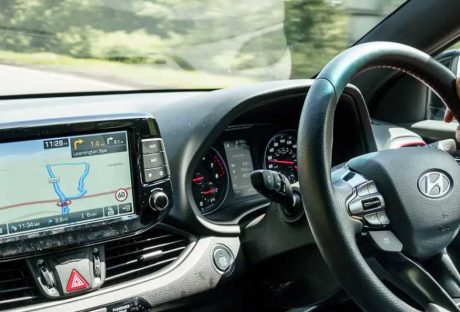Unrestrained loads are one of the biggest causes of accidents on our roads today. This is why ensuring your load is safely secured is paramount before embarking on a journey. Forget the short cuts: A thorough job –with the right equipment—is crucial if you expect to reach your destination with your cargo intact.
But what can you use to secure your load? There are many options at your disposal from nets to corner plates. However, we believe straps—ratchet tie downs in particular—are extremely effective at securing loads. We’ll outline all you need to know about these units including the different types so you’re prepared for your next journey.
Why Bother With Tie Downs For Effective Load Restraining?
Is this a priority? Maybe the following scenarios resulting from not utilizing them will shed some light as to their importance:
- Accidents: It may cause trucks to overturn because of the unbalanced weight distribution of the load in question.
- Damage to property: This includes either damage to your vehicle as well as the cargo being transported.
- Loss of lives: Injuries are likely to occur when these kinds of accidents happen. In worst case scenarios, it can lead to loss of lives whether it’s yourself, other motorists or pedestrians in the vicinity.
Types of Tie Downs
The one you pick will depend on the gear and load you’re hauling. However, these are the five most common types.
Ratchet Tie Down Straps:
These are by far the most popular among most fleet owners. We suppose the fact that they’re deemed the most secure way to tie down heavy loads has something to do with it.
They are known to provide the most strength and security, especially for the larger loads. Just make sure you check the load rating of the straps before you use them on something heavy. Plus they’re quite versatile as load restraints in many scenarios: You can use them either on the trailer, roof rack or bed of your truck.
The downside to using this type is they’ll probably take you some time to figure out how they work. Note that given the nature of the hardware, we can’t entirely eliminate the risk of them damaging your load in transit. But for their effective performance, we think they are worth trying out.
Lashing Straps:
If you find the cost of the ratchet straps too steep, you can opt for the lashing straps. Not only are they less expensive options but you’ll appreciate that they’re easy to use.
They’re the ideal pick for the lighter loads such as securing surfboards or plastic cargo bins. Two things you don’t have to worry about are these lashing straps crushing or damaging your cargo.
Bungee Cords:
One thing you’ll appreciate about this type is the versatility. You can use it to wrap cargo of all types and sizes. However, you can only use them to secure very lightweight items such as plastic items.
Nylon Ropes:
This is also another inexpensive option. The trick lies in mastering how to tie more than a couple of knots. You can consider learning the power hitch: The good thing about this knot is you can use it in almost every situation.
Stratchits:
Last but definitely not least on our list are Stratchits. These are by far the easiest tie downs to use when securing your cargo. Also, you get the best of both worlds: The strength and user-friendliness associated with lashing straps plus the versatility that comes with bungee cords.
Another thing is they are adjustable: They can be adjusted from anything between 22” to 63”. Have any chairs or bicycles you want to transport? You can consider these and they’ll work just fine.
What Determines the Number of Tie Downs You Use?
When dealing with tie downs it’s important to note just how many to use to effectively secure your load. It’s really not about how many you can find just before embarking your trip: There are rules involved.
Generally, the number will depend on the length and weight of cargo you’re transporting as stated below.
When to Use One Tie Down
It’s very possible to use only one tie down but only when your cargo is:
- Shorter than 5ft
- Weighs less than 1100lb
When to Use Two Tie Downs
Two tie downs can be used in the following scenarios:
- Cargo is 5ft or shorter and weighs more than 1100lb
- If it’s longer than 5ft but definitely not longer than 10ft
When to Use Four Tie Downs
You can use a minimum of four tie downs if your cargo is heavier than 10000lb. Additional tie downs can be used if your cargo is at least 10ft or longer. It’s strongly advisable to add one tie down for every additional 10ft just for reinforcement.
Regardless of the number of tie downs you use, it’s in your best interests to always check the number of tie downs you need before carrying your load. Not only that but are they in a satisfactory condition? Always make sure of that for optimum performance.
Final Words
It’s pretty clear: Tie downs are pretty effective at securing loads. You just have to pick what matches your vehicle, load and not forgetting your budget. The most important thing is that you invest in one to avoid any unnecessary accidents. Your decisions determine whether you stay in control during your journey.
Read Also:













